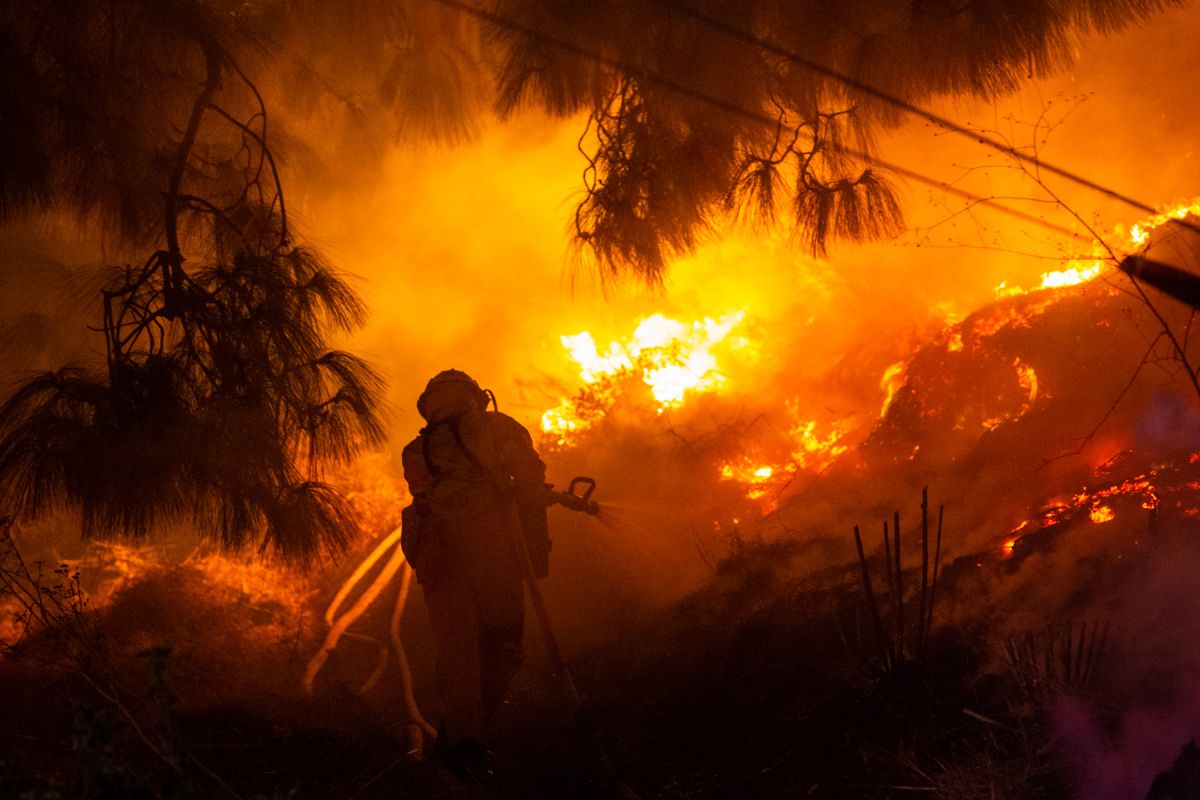Australian firefighters said on Tuesday that “catastrophic” conditions like a rise in temperature, dry environment and strong winds have complicated the dowsing of the raging bushfires in New South Wales and Queensland.
Early in the day, several new fires broke out to scores of blazes that have been burning for several days across New South Wales (NSW) state.
Currently, more than 50 fires have continued to burn in the two states last week. The blazes also claimed that the lives of three people so far.
“We are certainly starting to see an increase in fire activity,” New South Wales Rural Fire Service Commissioner Shane Fitzsimmons.
“The reality is conditions will simply continue to get worse and deteriorate in the coming hours and particularly into this afternoon”.
According to the predictions of the Australian Bureau of Meteorology, the maximum temperature will reach as high as 37 degrees Celsius on Tuesday with gusts of wind over 65 km per hour.
More than 3,000 firefighters, with the help of volunteers and 60 aircraft loaded with water, fight blazes along a 1,000-km stretch on the east coast of Australia.
On Saturday, three people were dead and over a hundred homes were gutted as bushfires raged across eastern Australia.
Bushfires are a common threat in Australia’s hot, dry summers, but this year’s blazes have started earlier and with greater ferocity than usual.
Blazes have been spurred by extremely dry conditions after three years of drought in parts of NSW and Queensland, which has left tinder-dry grasslands, trees and bushes.
The fire season in Australia varies by area and weather conditions, although it usually occurs during the southern summer (between the months of December and March).
The worst fires in the Oceanic country in recent decades occurred in early February 2009 in the state of Victoria (southeast), causing 173 deaths and leaving 414 injured while burning an area of 4,500 sq.km.











